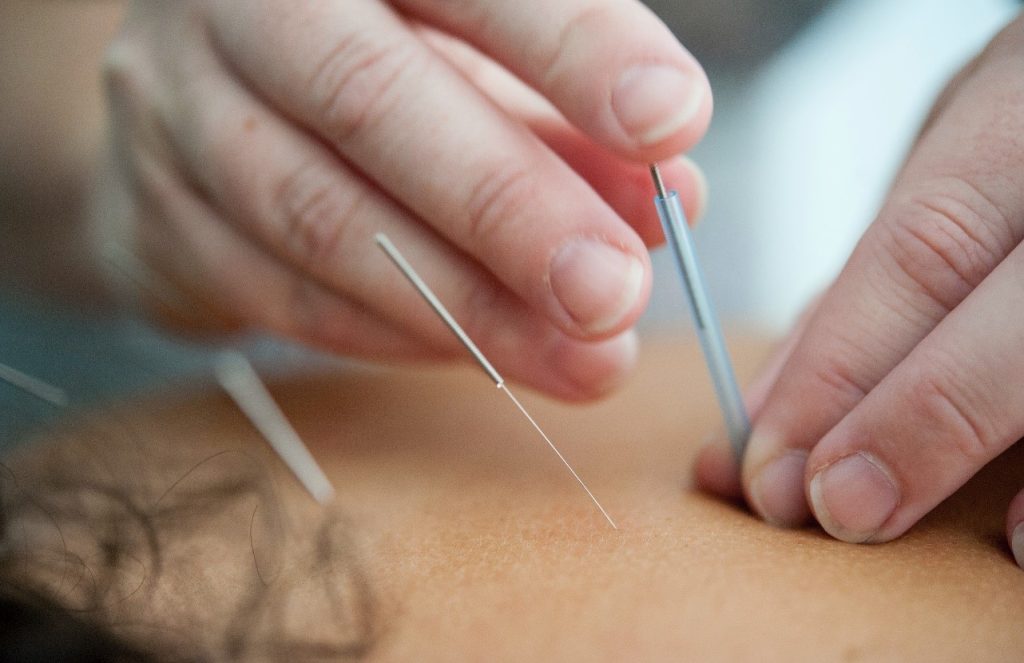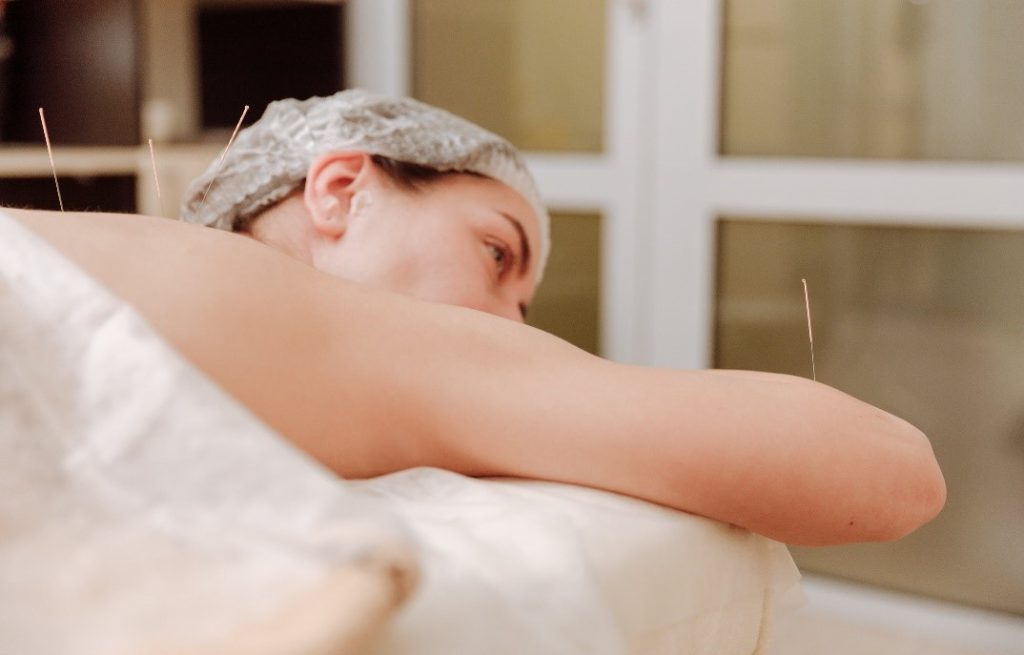What is Acupuncture and Chinese Medicine?
In acupuncture, tiny needles are inserted under your skin at specific locations on your body. Acupuncture, a fundamental aspect of traditional Chinese medicine, is most frequently utilized to relieve pain. It’s being utilized more and more for general wellness, which includes stress reduction.
Acupuncture is described in traditional Chinese medicine as a means of restoring equilibrium to the flow of life force, sometimes referred to as chi or qi (chee), which is said to pass through your body along paths called meridians. Acupuncture practitioners think that your energy flow will rebalance by placing needles into precise locations along these meridians.
Every acupuncturist has a different style, frequently combining elements of Western and Eastern medicine. Inquiries regarding your symptoms, habits, and way of life may be made by an acupuncturist to establish the best kind of treatment for you. He or she might also look closely at:
- Which bodily areas hurt the most.
- The form, layer, and hue of your tongue
- Your face’s colour.
- Your wrist’s pulse’s intensity, regularity, and quality
Although some appointments may be substantially shorter, an acupuncture treatment can last up to sixty minutes. One or two treatments per week would normally be part of a standard treatment regimen for a specific ailment. The severity of the ailment being treated will determine how many treatments are necessary. Typically, six to eight treatments are given.

Throughout the Process
There are acupuncture points on the body in every part. There are situations where the relevant points are far from where you are experiencing discomfort. You will be informed by your acupuncturist about the general location of the intended treatment, as well as, whether you need to take off any clothing. There will be a gown, a sheet, or a towel. The procedure, which includes you lying on a padded surface, entails:
Inserting the needle. Your body is strategically punctured with acupuncture needles at different depths. Insertion normally causes minimal discomfort because the needles are quite tiny. Many times, people barely notice that they’ve been inserted. Five to twenty needles are usually used in a treatment. When the needle gets to the right depth, you can experience some mild pain.
Manipulation of needles. After placing the needles, your practitioner may gently rotate or reposition them, or they may deliver heat or brief electrical pulses.
Removal of needles. For ten to fifteen minutes, as you lie calm and unwind, the needles are usually left in place. Removing the needles normally causes little discomfort.

Following the Procedure
After receiving acupuncture, some patients report feeling calmer and others more energised. However, not everyone has the same reaction to acupuncture. Although it can be challenging to quantify the advantages of acupuncture, many people find it useful in managing a range of unpleasant ailments. On the other hand, several studies suggest that some forms of virtual acupuncture seem to function on par with actual acupuncture. Additionally, research indicates that acupuncture is most effective for those who expect treatment to work. Since acupuncture seldom has negative effects, it might be worth a try if more traditional approaches to pain management aren’t working for you.
